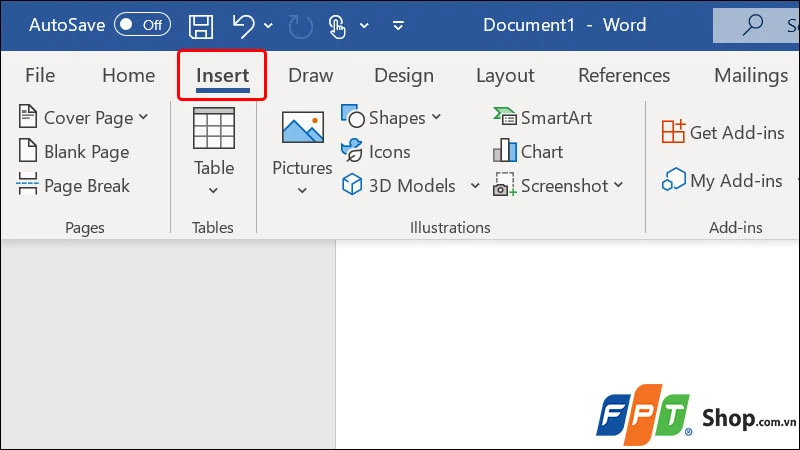Recently, there has been a lot of interest and inquiries about vehicle license plates with identifiers. To help everyone understand this issue better, let’s explore it together.
1 What is an Identifier License Plate?
 What are identifier license plates?
What are identifier license plates?
According to Clause 3, Article 3 of Circular No. 24/2023/TT-BCA, an identifier license plate is a license plate issued and managed according to the owner’s identifier code (we can think of it as similar to a vehicle identification number or VIN). Also, according to this circular, there are specific regulations regarding identifier license plates depending on the owner’s nationality:
- For Vietnamese citizens: The license plate will be issued and managed according to the identifier code on their citizen identification card.
- For foreigners: The license plate will be issued and managed according to their identifier number in the electronic identification and authentication system, which is established based on their residence card number, or based on another valid identification document issued by a competent authority.
2 Are Identifier License Plates Similar to Personal Identification Numbers?
 Are identifier license plates similar to personal identification numbers?
Are identifier license plates similar to personal identification numbers?
Identifier license plates are not simply a series of numbers like personal identification numbers. Identifier license plates will have specific markings, series numbers, character and number sizes, and colors as stipulated in Circular No. 24/2023/TT-BCA. On the other hand, according to Clause 13 of Decree No. 137/2015/ND-CP, a personal identification number is defined as a sequence of 12 natural numbers, consisting of 6 numbers that indicate the birth century, gender, birth year of the citizen, province or city code, and another set of 6 random numbers.
Here is an example of an identifier license plate according to Clause 4, Article 37 of Circular No. 24/2023/TT-BCA:
- The identifier license plate will have a height of 140mm and a length of 190mm.
- The first set of numbers on the license plate will consist of the local vehicle registration code and the registration series number.
- The second set of numbers will indicate the order of vehicle registration, comprising 5 natural numbers ranging from 000.01 to 999.99.
3 Retention Period for Identifier License Plates when Transferring Vehicle Ownership
 What is the retention period for identifier license plates when transferring vehicle ownership?
What is the retention period for identifier license plates when transferring vehicle ownership?
When the identifier license plates are recalled due to expiration, damage, or transfer of vehicle ownership, the owner will be reissued identifier license plates upon registering a new vehicle. The owner can retain the identifier license plates for up to 5 years from the date of recall.
4 Do I Need to Change My Identifier License Plate if I Move to Another Province?
 Do I need to change my identifier license plate if I move to another province?
Do I need to change my identifier license plate if I move to another province?
When moving to another province, you can retain your identifier license plate. So, rest assured that your identifier license plate will remain valid even if you change your residence.
5 Validity Period for Issuing and Re-issuing Identifier License Plates
 What is the validity period for issuing and re-issuing identifier license plates?
What is the validity period for issuing and re-issuing identifier license plates?
According to Clause 3 and Clause 4, Article 7 of Circular No. 24/2023/TT-BCA, here are the regulations regarding the issuance and re-issuance of identifier license plates:
- Issuance validity: Identifier license plates will be issued immediately upon submission of a valid vehicle registration application.
- Re-issuance validity: Identifier license plates will be re-issued within 7 days from the date of receiving a complete and valid application.
6 Do Current 5-Digit License Plates Need to be Changed to Identifier License Plates?
 Do current 5-digit license plates need to be changed to identifier license plates?
Do current 5-digit license plates need to be changed to identifier license plates?
According to Clause 1 and Clause 2, Article 39 of Circular No. 24/2023/TT-BCA, here are the regulations regarding 5-digit license plates:
- For vehicles with 5-digit license plates that have not completed the recall procedure before August 15, 2023: These license plates will be considered identifier license plates.
- For vehicles with 5-digit license plates that have completed the recall procedure before August 15, 2023: These license plates will be transferred to the system for updating license plates according to the regulations.
7 Do 3 or 4-Digit License Plates Need to be Changed to Identifier License Plates?
 Do 3 or 4-digit license plates need to be changed to identifier license plates?
Do 3 or 4-digit license plates need to be changed to identifier license plates?
Vehicles with 3 or 4-digit license plates can continue to be used and do not need to be changed to identifier license plates unless one of the following conditions is met:
- The vehicle owner wishes to change to an identifier license plate.
- The vehicle owner performs procedures for changing the vehicle registration certificate, changing the license plate, re-issuing the vehicle registration certificate, or re-issuing the license plate.
- The vehicle owner transfers the vehicle ownership or relocates the vehicle.
8 When Will the Issuance of Identifier License Plates Take Effect?
 When will the issuance of identifier license plates take effect?
When will the issuance of identifier license plates take effect?
The issuance of identifier license plates will come into effect from August 15, 2023. Stay updated with the latest information on this matter and comply with the stipulated regulations.
This article aims to provide insights and useful information about identifier license plates. We hope that through this article, you have gained a clearer understanding of this topic.































